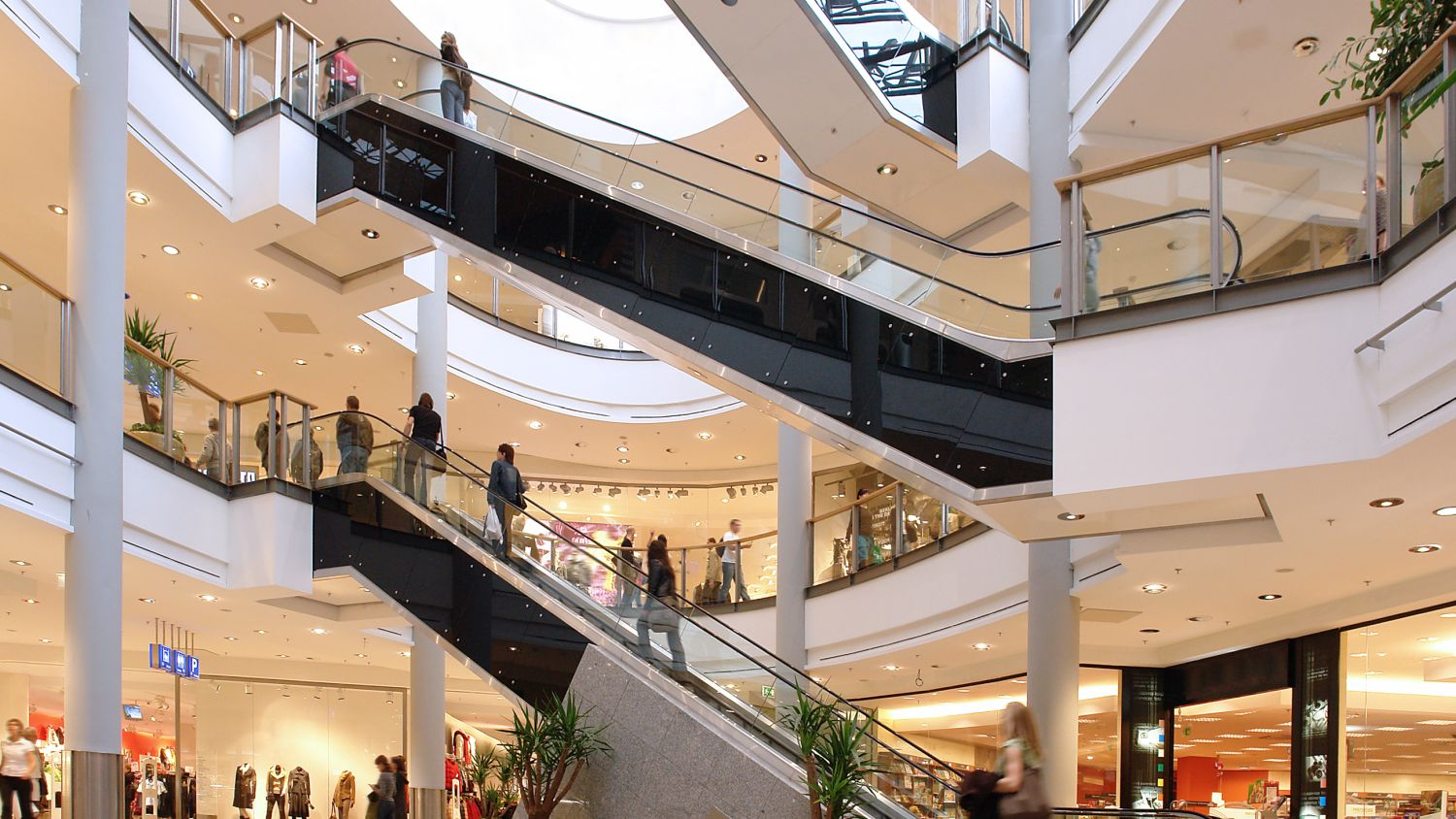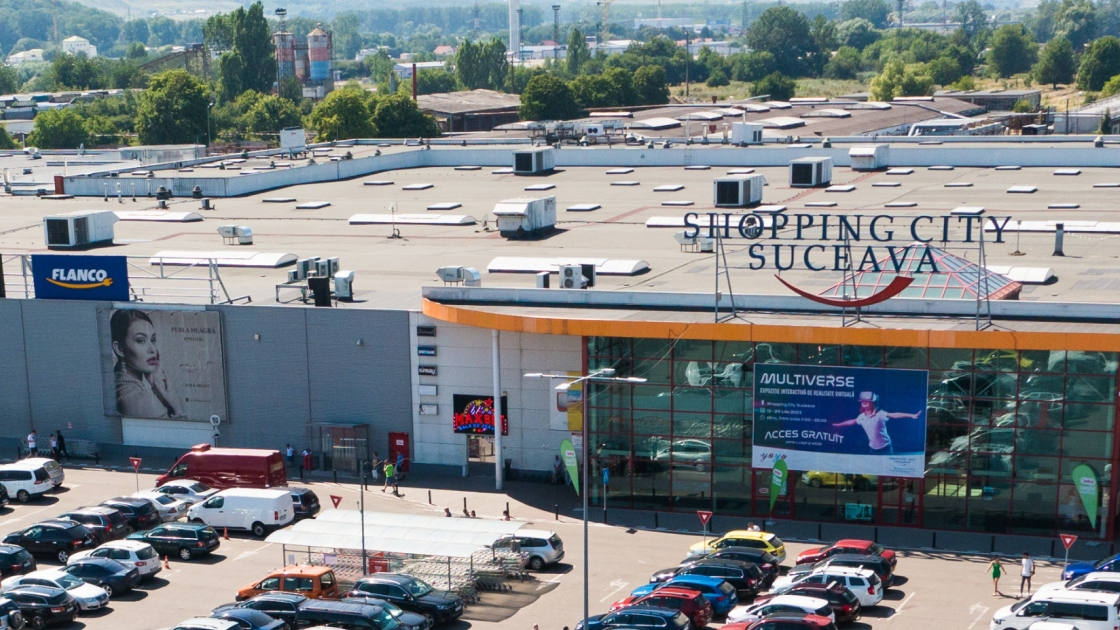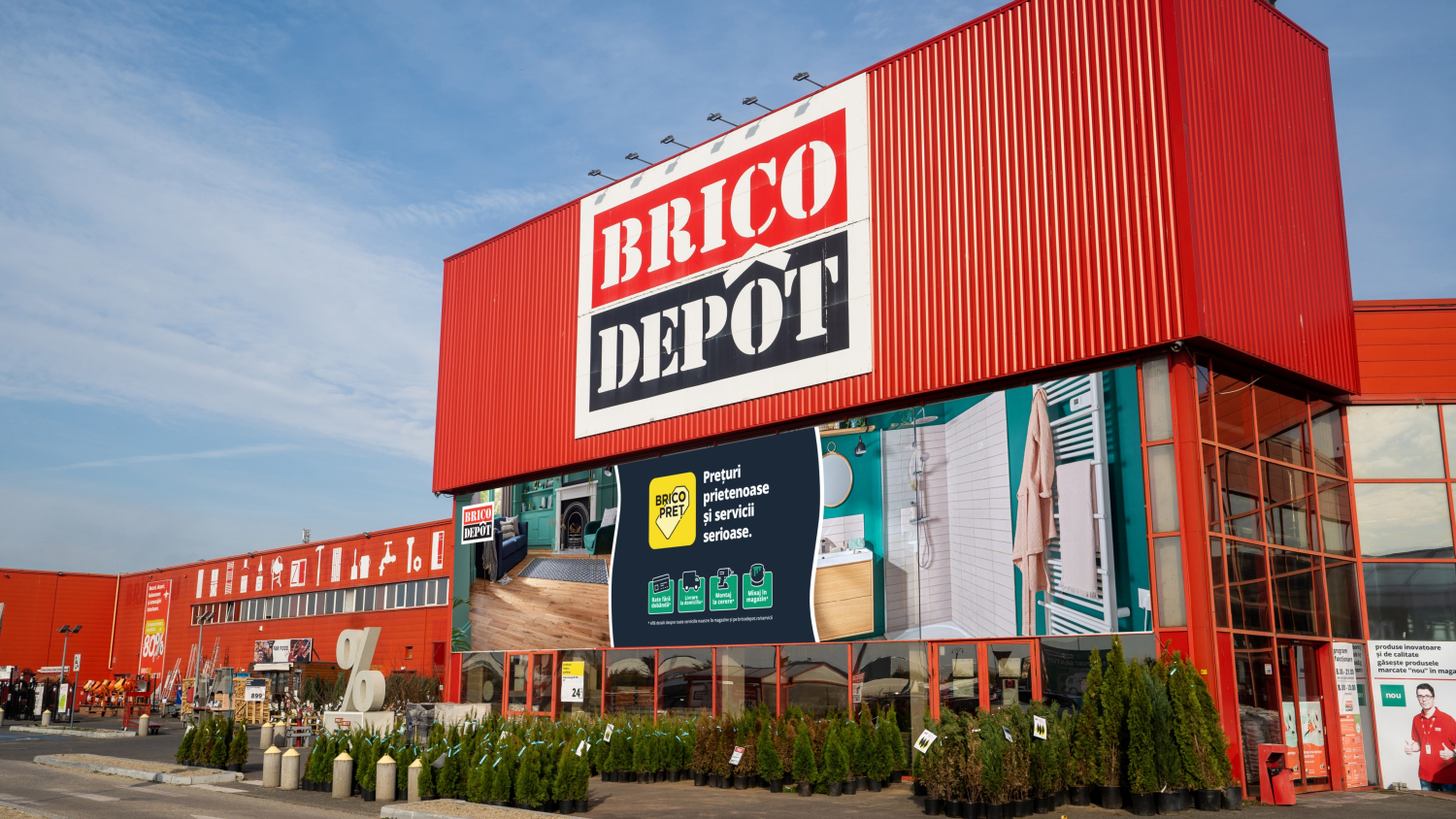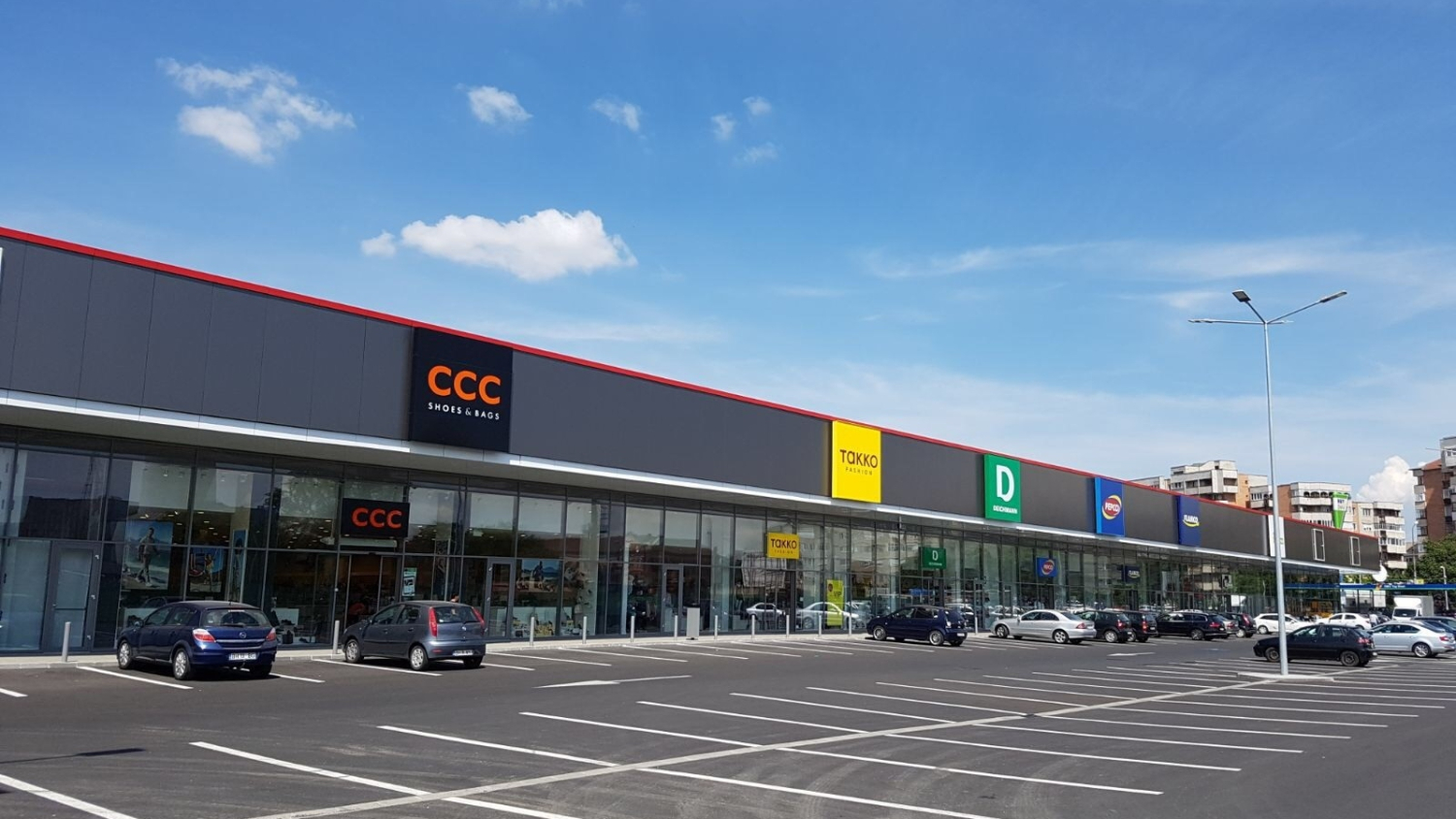NEPI Rockcastle is Europe's third-largest listed retail real estate company by portfolio size and the largest owner and operator of shopping centres in Central and Eastern Europe. The company's €7.4 billion portfolio is located across eight CEE countries and it owns 56 retail properties. Its White Paper: "New Europe: The Future for Retail Growth Shifts to CEE" was released at the MAPIC retail trade fair held in Cannes, France between 26th and 28th November.
Marek Noetzel, Chief Operating Officer at NEPI Rockcastle, said: “NEPI Rockcastle's latest business update strongly backs our investment case that retail real estate in Central and Eastern European markets offers great potential for further growth, surpassing that which is available in Western Europe. The CEE consumer is increasingly confident about the prospects for their household incomes in countries such as Poland and Romania and that is clearly visible in the spending patterns and retail turnover at our shopping centres. NEPI Rockcastle is uniquely positioned in eight CEE countries to capture this resurgent consumer growth story for our investors and retailers. The company is seeing robust demand for space in its portfolio from international and regional tenants looking to grow their footprint across the region and this has been reflected in solid rental growth and the higher net operating income reported in our latest third-quarter financial results. ”
The highlights of NEPI Rockcastle's research White Paper include:
▪ GDP growth in Central and Eastern Europe (CEE) is outstripping Western Europe ranging an average of 1.8% per year in the Czech Republic to 3.2% in Romania and 3.3% in Poland from 2012-2023 as compared with 1.3% for the 27 countries of the European Union over the same period. CEE economic outperformance is projected to continue in coming years, with GDP in the markets NEPI Rockcastle operates in forecast to grow at 3.16% in 2025, compared to 1.5% in the euro area.
▪ CEE is rapidly closing the disposable income gap with Western Europe as wage growth outpaces inflation. With strong real wage growth fuelling private consumption, retail sales in CEE have bounced back strongly post-pandemic and are trending higher.
▪ Consumers in major Western European markets remain cautious about spending and plan to cut back on most discretionary items. Retail sales in France, Germany and the UK have trended negative for the past two years, while Spain is experiencing tepid growth.
▪ Strong retail sales growth in CEE is particularly supportive for shopping centres. Foreign direct investment into CEE retail markets over the past 30 years has been buoyed by enormous ‘convergence funding' from the EU into the region's economies and flowed predominantly into malls. This ‘wall of capital' directed towards the increasingly affluent CEE consumer has turned the region's large, modern shopping centres into the primary retail destinations and urban social hubs in these markets, with their share of total retail trading volume often exceeding 50%.
▪ Two-thirds of consumers prefer shopping in-person versus online. CEE shopping centres with large, flexible floorplans are well-placed to deliver the rich shopping and ‘experience factor' consumers increasingly seek.
▪ Lower operating costs and structurally higher margins, combined with the local market dominance of prime shopping centres in CEE, make them highly attractive to retailers, F&B operators, and entertainment companies – even in secondary cities and less economically developed locations not usually considered by international retailers in Western European markets.
▪ Western Europe's retail landscape, in comparison, is saturated and fragmented. High streets are suffering from years of e-commerce competition, lending retrenchment, rising operating costs, the Covid pandemic and work-from-home policies that have hit footfall. Secondary shopping centres, less affluent places and approach roads to prime destinations are struggling to remain relevant. Prime high street and shopping centre rents have fallen 14% on average from peak to trough since 2019.
▪ Retail space development across Western Europe has sunk to historically low levels. Shopping centre retail space growth has stagnated at +0.4% and is starting to decline in countries such as Germany, Spain and Italy. Increased construction costs and environmental legislation are expected to prolong the trend. The reduced development pipeline will intensify competition among retailers for quality space.











